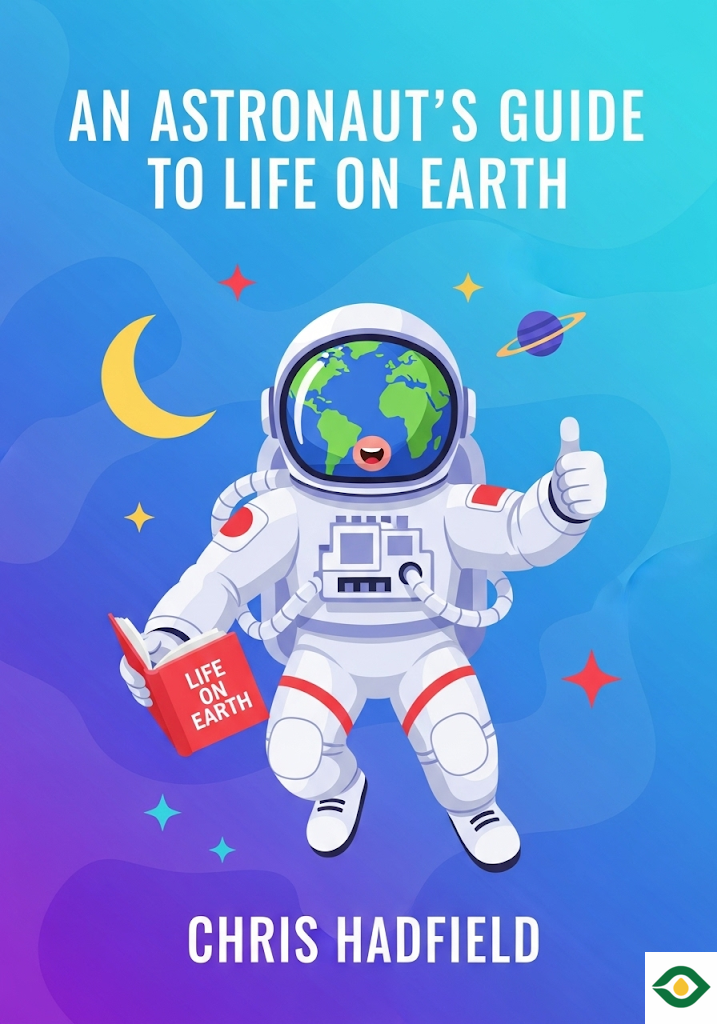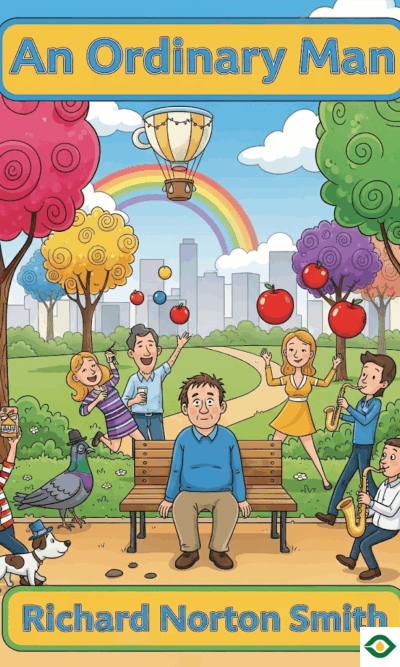Description
Being an astronaut may look like endless excitement—floating weightlessly, looking down on Earth, and exploring the stars. But in reality, the glamorous moments are only a tiny part of the job. Most of an astronaut’s career is spent on Earth, preparing, practicing, and learning skills that might never be used. Chris Hadfield, who spent years as a Canadian astronaut and even commanded the International Space Station, explains that being an astronaut is really about discipline, patience, and a mindset that can be applied by anyone in everyday life.
Astronauts must be ready for everything. They are trained like pilots, engineers, doctors, plumbers, and teachers all at once. Since they are so far from help, they must solve problems on their own. A broken machine, a fire, or even a medical emergency means the crew must fix it themselves. This is why astronauts spend years in training before they are ever assigned to a flight. For every single day in orbit, there are months and years of training back on Earth.
The training is not only physical but mental. Astronauts learn how to think in high-pressure situations. Instead of panicking, they are taught to stay calm, follow steps, and make clear decisions. They run countless simulations where everything goes wrong—engines fail, systems break, fires start—and they must respond. These rehearsals help them replace fear with confidence. Over time, astronauts develop the habit of imagining possible problems before they happen and preparing solutions in advance. Interestingly, this habit is just as useful in daily life. Hadfield describes how even in ordinary situations, like stepping into a crowded elevator, he automatically thinks about what he would do if the elevator broke down. Far from making him anxious, it makes him feel prepared and calm.
Another important lesson from space is learning how to handle criticism. Astronauts are constantly observed and evaluated. Every action, no matter how small, is watched by trainers, supervisors, and teammates. Mistakes are pointed out again and again. It is never meant to be personal—it is about safety. If something small goes wrong in training, it must be corrected before it happens in space. Hadfield explains that the healthiest way to treat criticism is to see it as valuable information, not as an attack. In space, your life depends on it, and on Earth, it can make you grow faster.
Being an astronaut also means long separations from family. Training happens all over the world—Russia, Germany, the United States, Canada, Japan—and astronauts are often away for months at a time. During missions, they can be gone for half a year or more. This is extremely hard on both the astronaut and their loved ones. Hadfield describes how he prepared in advance, leaving cards, gifts, and surprises for his wife and children so they would feel remembered even while he was far away. He missed birthdays, anniversaries, and holidays, but careful planning helped soften the absence. Many people face similar challenges in demanding jobs, and Hadfield’s approach is a reminder that we can prepare for absence by showing thoughtfulness ahead of time.
Life on the International Space Station is both amazing and difficult. The station is huge, as large as a football field, and filled with laboratories and living modules. It is also isolated, with no easy comforts from Earth. There is no running water, so astronauts wash using special rinseless shampoo and wipes. They must be careful with every loose item— even stray hairs—because floating debris can damage equipment. Privacy is minimal, and fresh food is rare. To keep their bodies strong, astronauts must exercise two hours each day, otherwise they risk losing muscle and bone strength. Without this effort, they might not even be able to walk after returning home.
Despite the hardships, the experience is extraordinary. Floating in weightlessness feels magical, and looking at Earth from orbit can change your perspective forever. But astronauts are there to work, not just to enjoy the view. The space station functions as a giant laboratory, where experiments are conducted that can benefit people back on Earth. Research in orbit has led to discoveries about osteoporosis, improvements in medical technology, and even advances in robotics and mapping systems.
Returning to Earth, however, is almost as difficult as living in space. Re-entry into the atmosphere in the Soyuz capsule is rough and frightening. Astronauts often describe it as a violent tumble back to Earth, where the landing is hard and unpredictable. Sometimes the capsule lands far from the target site, and the crew must wait for rescue. Even once they are safely back, the body struggles to readjust. After months of weightlessness, gravity feels crushing. Sitting on a chair is uncomfortable, and balance is difficult. It usually takes a day of recovery for each day spent in space.
Yet, despite the challenges, astronauts return home with renewed energy and appreciation. Rather than seeing Earth as dull compared to space, Hadfield explains that the opposite is true. Being in space makes everyday life on Earth more beautiful. Simple things like walking outside, feeling the breeze, or sharing a meal with family become more meaningful.
The central lesson from Hadfield’s experience is that being an astronaut is not just about going to space. It is about building a way of thinking that anyone can use. Prepare carefully, even for problems that may never happen. Accept criticism as a tool for improvement. Plan ahead for the times you cannot be there for others. Stay calm in a crisis and focus on solutions. And, most importantly, carry the perspective that life on Earth is precious and worth appreciating every day.
Through these lessons, Hadfield shows that space is not only about rockets and stars. It is about learning how to live better right here on Earth.





